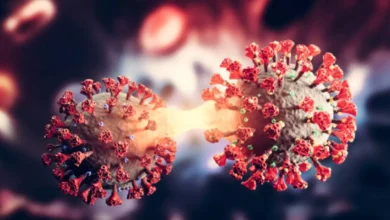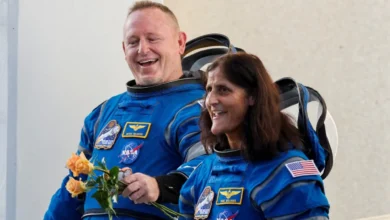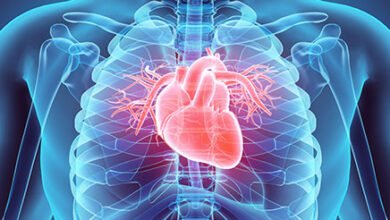 |
| The Horsehead Nebula |
A Horse Emerges from the Cosmic Dust: The Allure of the Horsehead Nebula
Nestled roughly 1,300 light-years away within the vast Orion Molecular Cloud Complex, the Horsehead Nebula resides in the constellation Orion, the celestial hunter. This dark nebula, named for its uncanny resemblance to a horse’s head and neck, has long captivated astronomers and enthusiasts alike. However, previous observations, limited by technology, could only offer glimpses of its shrouded beauty.
Webb Redefines the View: Unveiling the Horsehead’s Secrets
Enter the JWST, the most powerful space telescope ever built. Equipped with cutting-edge infrared technology, Webb can pierce through the veil of dust and gas obscuring the Horsehead Nebula, revealing its secrets in stunning detail. The newly released images showcase the nebula’s intricate tendrils, the dramatic erosion carving out the horse’s head shape, and the vibrant interplay of gas and dust.
A Symphony of Starlight and Gas: Unveiling the Nebula’s Processes
The JWST observations unveil a dynamic interplay between the Horsehead Nebula’s constituent elements. Here’s a closer look:
- The Horse’s Mane: Previously, the “mane” appeared as a uniform cloud. Webb’s infrared vision reveals a network of filamentary structures, hinting at ongoing star formation within.
- The Eroding Edge: The nebula’s signature horsehead shape is a result of stellar winds and intense radiation from nearby hot young stars slowly eating away at the denser gas and dust cloud. Webb’s images provide a clearer picture of this erosion process.
- Behind the Veil: The nebula’s dusty heart, previously hidden, is now partially visible in the infrared spectrum. This allows scientists to study the processes of stellar birth and the composition of the interstellar medium within the nebula.
Beyond Beauty: Scientific Significance of the New Images
These groundbreaking images hold immense scientific value. They allow astronomers to:
- Study stellar nurseries: The Horsehead Nebula is a potential breeding ground for new stars. Webb’s observations can shed light on the early stages of star formation within the nebula’s intricate structures.
- Analyze interstellar chemistry: The nebula’s composition of gas and dust provides clues about the building blocks of stars and planetary systems. Webb’s infrared capabilities offer a deeper understanding of these interstellar materials.
- Understand the impact of stellar winds: The erosion of the Horsehead Nebula by nearby stars highlights the influence of powerful stellar winds on interstellar gas and dust clouds.
A Glimpse into the Future: The Legacy of Webb’s Horsehead Observations
The JWST’s stunning images of the Horsehead Nebula represent a paradigm shift in our understanding of this celestial wonder. These observations are just the beginning. As scientists continue to analyze the data, we can expect further discoveries regarding star formation, interstellar processes, and the evolution of nebulae.
A Call to Stargazing: Witnessing the Cosmos with New Eyes
The Horsehead Nebula, through Webb’s lens, becomes a powerful reminder of the universe’s beauty and complexity. These images inspire us to look up at the night sky with renewed wonder and appreciate the ongoing scientific endeavors that unveil the cosmos’s secrets. Who knows, maybe with future advancements, we might even be able to witness this celestial stallion in person someday.



